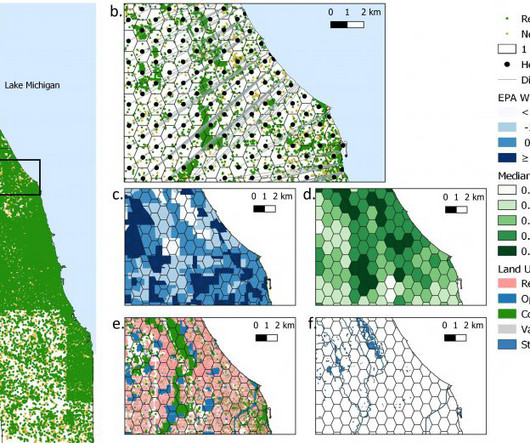To Serve All of Our Students, 'We Have to Do Something Different'
ED Surge
JANUARY 10, 2023
Through my work as director of MIT’s Teaching Systems Lab , I’ve asked the question to teachers, school leaders, coaches, researchers and experts of all stripes (think: learning science, instruction, teacher education, culturally responsive teaching and so on), and it typically elicits more pauses and wonderings than answers.











Let's personalize your content